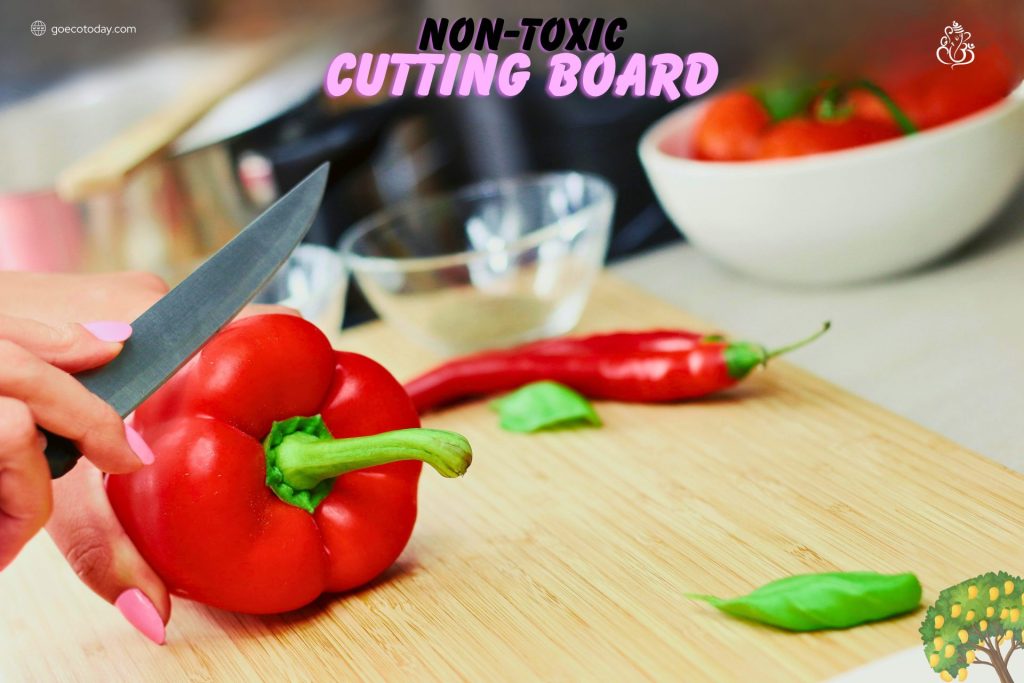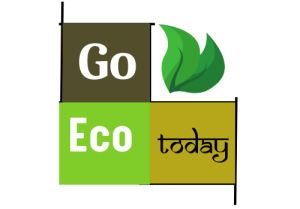Best Non-toxic Cutting Board for Your Kitchen
Non-Toxic Cutting Board A necessary companion in all of our kitchens, this cutting board is designed for safe food preparation by reducing the risk of chemical contamination, its surface is designed to be safe and sanitary. Non-toxic cutting boards are made from materials that prioritize food safety and environmental sustainability. Cutting boards made from plastic or wood materials may contain harmful chemicals or bacteria.
Non-toxic cutting boards use a material called high density polyethylene (HDPE). The specialty of this material is that it is durable and non-porous which resists plastic and moisture and odors, making it easy to clean and long-lasting. Another popular one is bamboo, it is a renewable and biodegradable material that offers natural antimicrobial properties, thus preventing the growth of bacteria on its surface.
The importance of using non-toxic cutting boards goes beyond just food safety, it contributes to the protection of the environment as it reduces the release of harmful chemicals into the environment during manufacturing and use. And in comparison, non-toxic cutting boards are more durable than their counterparts and provide long-term value that reduces the need for frequent replacement.
In short, investing in a non-toxic cutting board would be a wise investment as investing in it is not only wise but on the contrary, it is also more important from the environmental point of view, which will ensure sustainability and stability in your kitchen. It is also an important step towards promoting responsible consumption.

What Material Cutting Board Is Best?
What is the best material for cutting boards depends on its durability, hygiene, stability and how it is to be used individually.
High-density polyethylene (HDPE) cutting boards are often considered the best choice due to their non-porous nature that absorbs moisture and odors to prevent bacterial growth, and they are also dishwasher safe and durable.
What Is The Most Hygienic Cutting Board?
High-density polyethylene (HDPE) cutting boards are often considered the best choice due to their non-porous nature that absorbs moisture and odors to prevent bacterial growth.
HDPE boards have a non-porous surface that prevents absorption of moisture and odor and also prevents the growth of bacterial infections. It can also be easily cleaned with water and dishwashing soap, making it completely germ-free.
Cutting boards made from bamboo are popular due to their natural antimicrobial properties which are exceptional for hygiene and also prevent the growth of bacteria. Although bamboo is slightly more porous than HDPE, its antimicrobial properties help balance this, making it a preferred choice for eco-conscious consumers.
Well having the best and cleanest cutting boards depends on good maintenance and cleaning practices. Regardless of its material, washing it regularly in hot water with mild soap and drying it thoroughly after each wash helps maintain hygiene and prevent bacterial infections.
Which Type Of Cutting Board Is Not As Safe?
Wooden cutting boards, especially those made from common wood or that have not been properly maintained, are generally considered less safe than higher quality cutting boards. Wood is full of porosity which can absorb liquids inside it, due to which bacteria can easily enter inside and also grow. Even with regular cleaning, bacteria can become trapped in the pores of the wood, increasing the risk of cross contamination of food items.
Apart from this, constant knife cuts and scratches in wooden boards can become a breeding ground for bacteria, due to which the risk of unhygienic food items can increase. Wooden cutting boards require more active cleaning and maintenance to allow bacteria to thrive, which is not the case with wood made from non-porous materials like plastic or HDPE.
Some people believe that certain types of wood, such as maple, have natural antimicrobial properties, but some research has been done and it has been found that these properties may not be enough to counteract the porosity located within the wood. Therefore, when it comes to food safety, it is advisable to opt for non-porous materials like plastic or bamboo or ensure proper maintenance of wooden cutting boards.

What Is The Healthiest Cutting Board To Use?
The best cutting boards for food hygiene and preservation is HDPE, which is not only good in terms of food safety but also prevents the growth of bacterial infections, the biggest reason for this is that these boards are non-porous.
They prevent the growth of bacterial infections and are also dishwasher safe and easy to clean. And not only are they the first choice for consumers in terms of food safety, but their natural antimicrobial properties and their biodegradable nature make them an eco-friendly option. That is why they remain the first choice of environmentalists.
In contrast, wooden cutting boards, especially those that are not properly maintained or treated, are not as safe. They are more prone to bacteria growth if not cleaned properly, and are also made of materials such as acrylic or polypropylene, which can also encourage bacterial growth from knife scratches. Which remain even after cleaning thoroughly because they have the ability to absorb liquids, which increases the risk of bacteria growth.
The most hygienic cutting board is one that is non-porous, easy to clean, and resistant to bacterial growth. HDPE and bamboo cutting boards meet these criteria, making them top choices for maintaining a hygienic kitchen environment.
Overall, the best material for a cutting board depends on personal preference, but HDPE and bamboo are often considered the best choices due to their health benefits and hygiene properties.
Non-Toxic Cutting Board For Meat
When selecting a non-toxic cutting board for meat, it is important to designate a specific board only for raw meat to avoid cross-contamination with other foods.
Regular cleaning with hot, soapy water and thorough disinfection after each use are essential practices to maintain food safety. Additionally, replacing cutting boards periodically, especially if they are heavily scratched or worn, helps ensure optimal hygiene when handling meat in the kitchen.
When choosing a non-toxic cutting board for cutting meat, to avoid cross-contamination with other foods, choose a cutting board specifically made for cutting meat.
Regular cleaning with hot water and soap and disinfection after each wash are essential practices to maintain food safety.
When selecting a non-toxic cutting board for meat, it’s crucial to designate a specific board solely for raw meat to avoid cross-contamination with other foods. Regular cleaning with hot, soapy water and thorough disinfection after each use are essential practices to maintain food safety.
Additionally, periodically replacing cutting boards, especially if they become heavily scratched or worn, helps ensure optimal hygiene when handling meat in the kitchen.
Conclusion
Investing in a non-toxic cutting board would be a wise investment as investing in it is not only wise but on the contrary, it is also more important from the environmental point of view, which will ensure sustainability and stability in your kitchen. It is also an important step towards promoting responsible consumption.
HDPE and bamboo cutting boards meet these criteria, making them top choices for maintaining a hygienic kitchen environment. The best material for a cutting board depends on personal preference, but HDPE and bamboo
